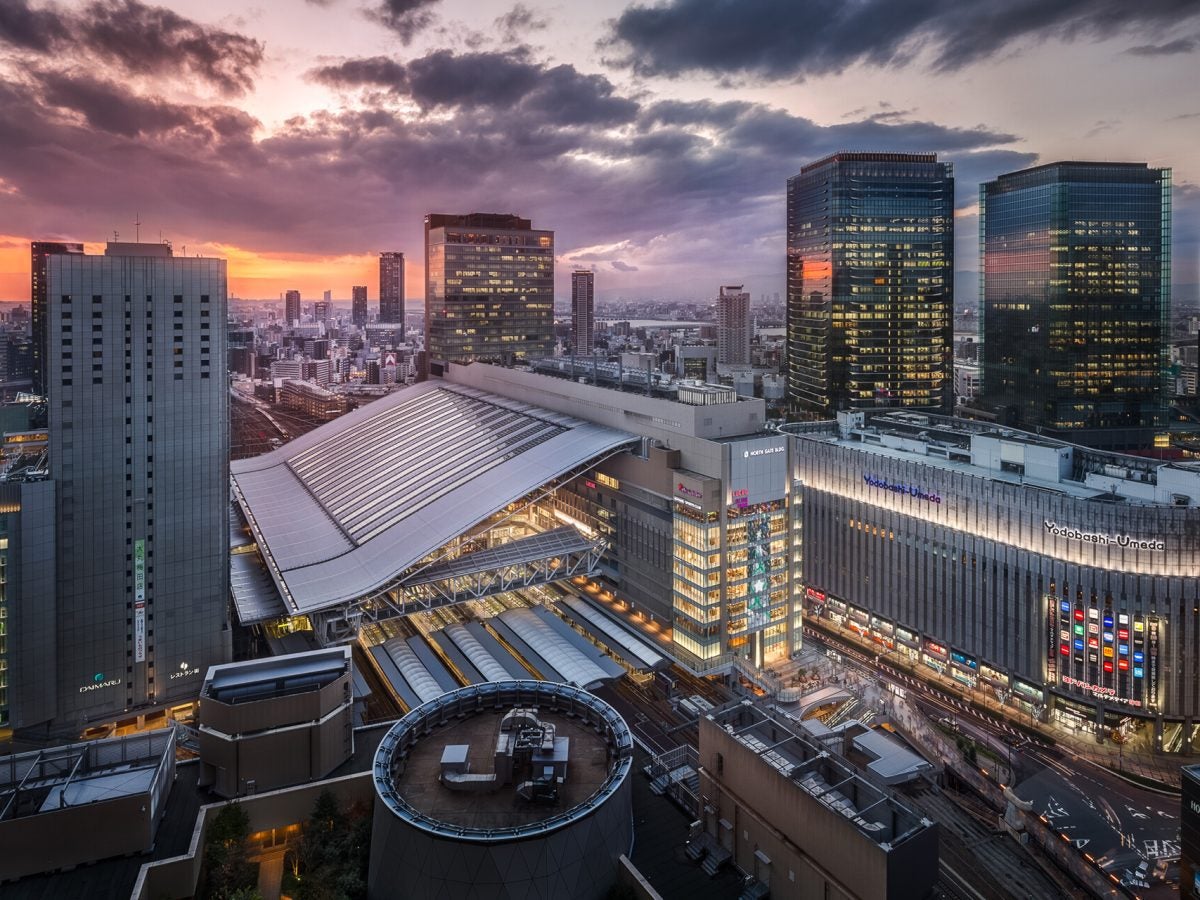BlackRock is closing in on the crown of running the world’s largest bitcoin fund as the asset manager’s initial scepticism over cryptocurrencies gives way to ambitions to become a significant player in the digital asset market.
The US group’s spot bitcoin exchange traded fund has garnered $16.7bn of assets since it launched four months ago, putting it less than $1bn behind market leader Grayscale, which enjoyed a 10-year and $28bn head start.
Alongside that BlackRock has also launched the fastest-growing tokenised Treasury fund, which crypto hedge funds and market makers are beginning to use as collateral for trading coins and tokens.
The moves are a sharp change, driven by rising client interest and rapid growth in digital assets, from only seven years ago when chief executive Larry Fink called bitcoin “an index of money laundering”.
At the January launch of the spot ETF, Fink described himself as “very bullish on the long-term viability of bitcoin” and said its underpinnings were a crucial part of “the technological revolution in the financial market”.
“BlackRock has always been responsive to its clients’ interests, so why would crypto be any different,” said Lee Reiners, a lecturing fellow at the Duke Financial Economics Center. “This doesn’t mean they are true believers, though. Crypto is not on their balance sheet and if crypto goes to zero, the impact to their financials will be negligible.”
The asset manager has been the biggest beneficiary from the Securities and Exchange Commission’s decision in January to approve ETFs that invest directly in bitcoin, after rejecting them for years.
Digital assets dashboard
Click here for real-time data on crypto prices and insights
Fidelity has followed behind in third place, attracting $9.3bn of assets. The duo have been aided by vast outflows at Grayscale, which converted an earlier bitcoin product into an ETF and had been charging a much higher management fee of 1.5 per cent. BlackRock charges 0.25 per cent.
It also contrasts with the approach taken by some of BlackRock’s biggest rivals. Vanguard — like BlackRock a giant in ETFs — not only opted not to launch a bitcoin ETF, but also refused to sell any third-party bitcoin funds to its brokerage clients.
BlackRock’s growing confidence in the digital assets market is also highlighted by its backing for Securitize, joining Tradeweb and Hamilton Lane in a $47mn fundraising round for the platform, which uses digital tokens to represent assets. BlackRock’s global head of strategic ecosystem partnerships, Joseph Chalom, now sits on the Securitize board.
Two years ago BlackRock took a minority investment in Circle, which runs the world’s second-largest stablecoin, USDC. A stablecoin is a type of digital currency pegged to a sovereign currency, such as the US dollar.
“It’s all coming together now, but I would hope that it’s understood that it’s been a multiyear, very deliberate journey about bringing the same institutional quality that differentiates BlackRock to this ecosystem, and to us that’s more important than rushing,” Rob Goldstein, chief operating officer of BlackRock told the Financial Times.
Even so, BlackRock’s arrival in other parts of the crypto market has energised investors. In March, it launched a tokenised Treasury fund on a public blockchain, ethereum, allowing all users to follow trades on a digital ledger.
Already the BlackRock USD Institutional Digital Liquidity fund, or Buidl, has overtaken rival Franklin Templeton’s tokenised fund as the market’s largest, attracting $382mn compared with $368mn at Franklin.
Traders and prime brokers have begun to use Buidl as a way to source high-quality collateral for trading cryptocurrencies. Most use stablecoins such as USDC or Tether’s USDT but they do not offer holders a yield, unlike Buidl.
But others say that BlackRock’s long-term bet is to speed up settlement of deals and transfer of their funds, making them more attractive to investors who want to access their money immediately.
The asset manager had previously tested tokenisation by using a private JPMorgan blockchain to track assets and transactions involving a particular money market fund, said Robert Mitchnick, BlackRock’s head of digital assets. That private blockchain product helped lay the groundwork for Buidl.
“That work was critically important . . . We believe the greatest opportunity in this space was around public blockchains,” Mitchnick said.
At the end of the month the US will start requiring the vast majority of trades to settle within one business day but executives doubt that further advances for investors can be made until large parts of the financial system are put on to blockchains, which can settle deals in a matter of minutes.
“There will come a point when the current technology set-up is not going to work,” said Ralf Kubli, a board member at the Casper Association, a Switzerland-based blockchain project.
Large asset managers around the world were “thinking very deeply about what this technology can do for them”, he added.

Click here to visit Digital Asset dashboard










